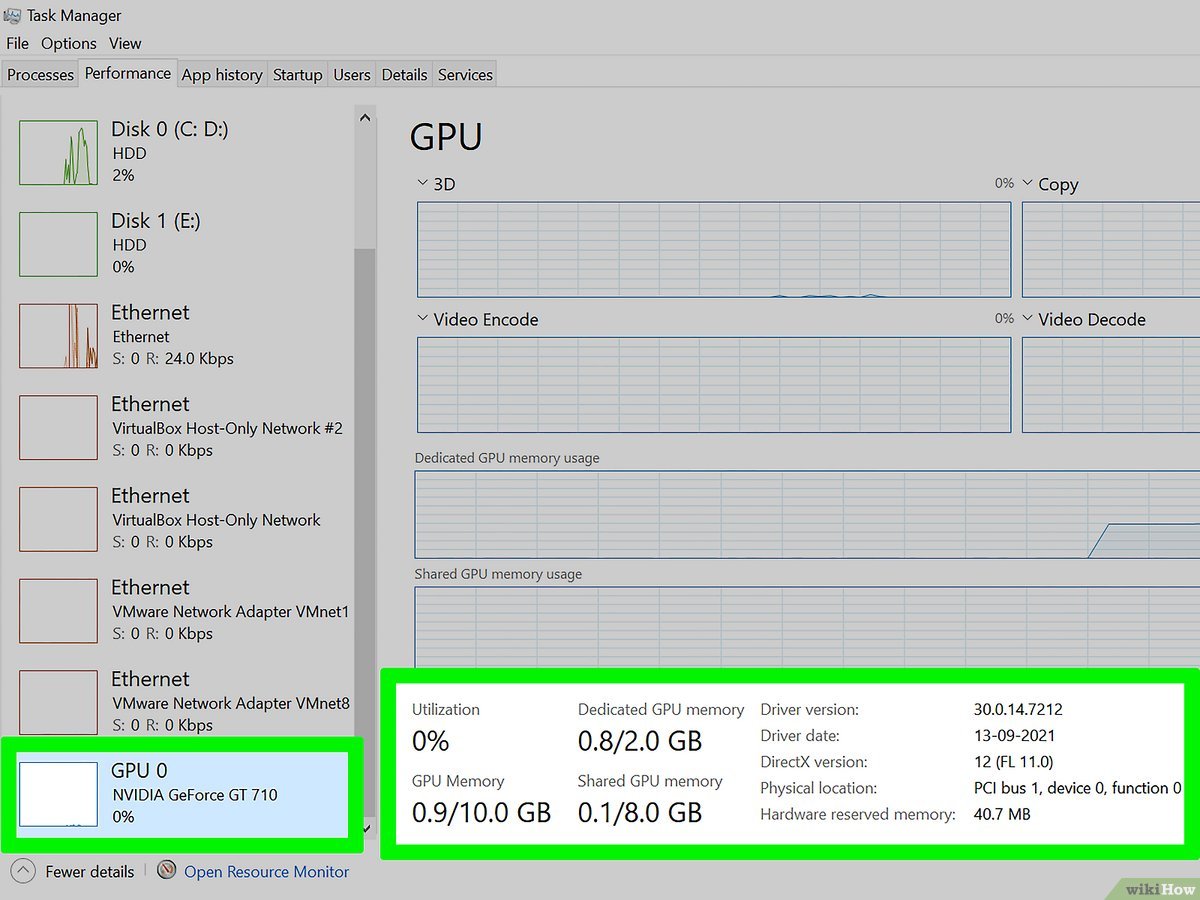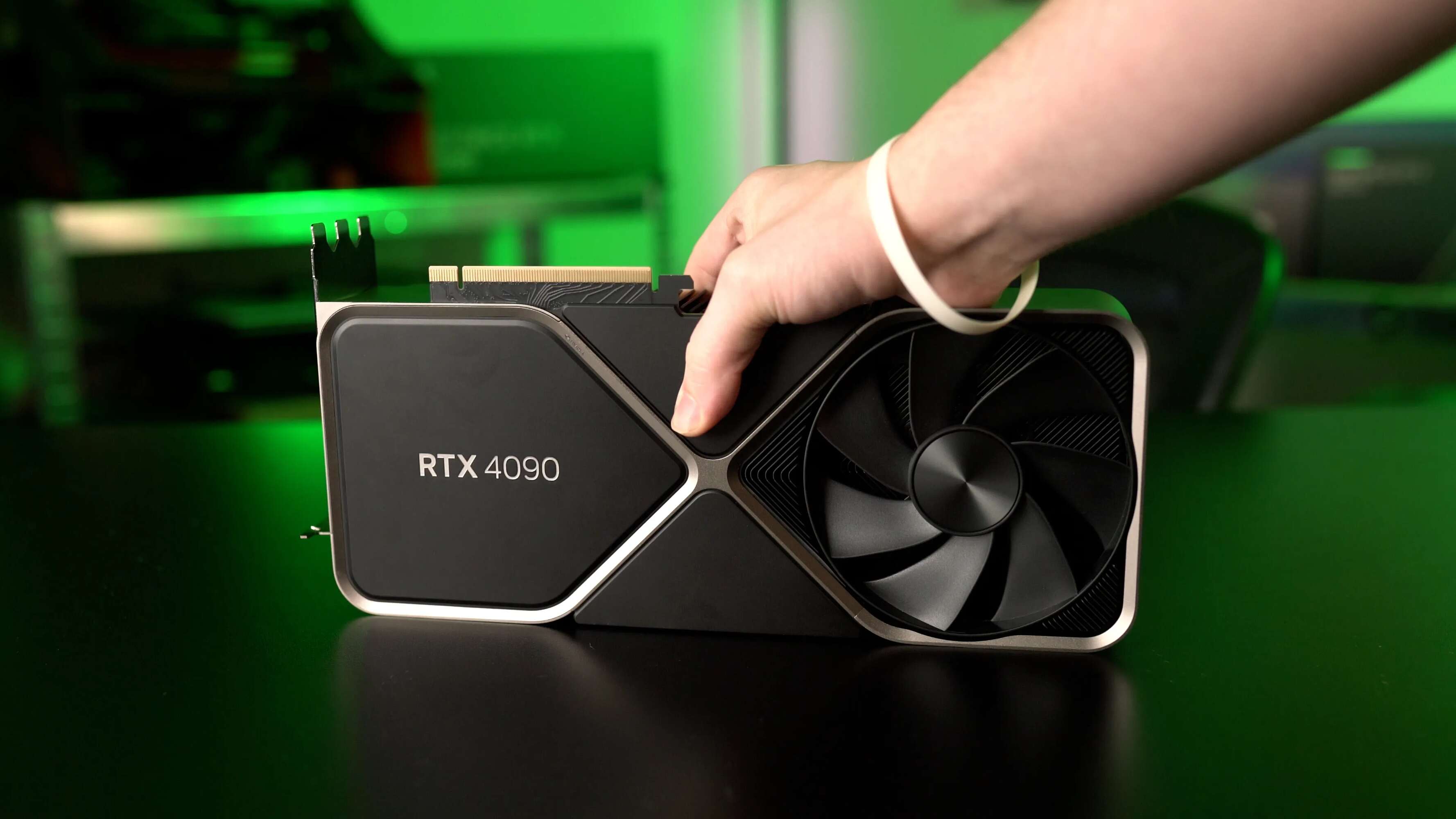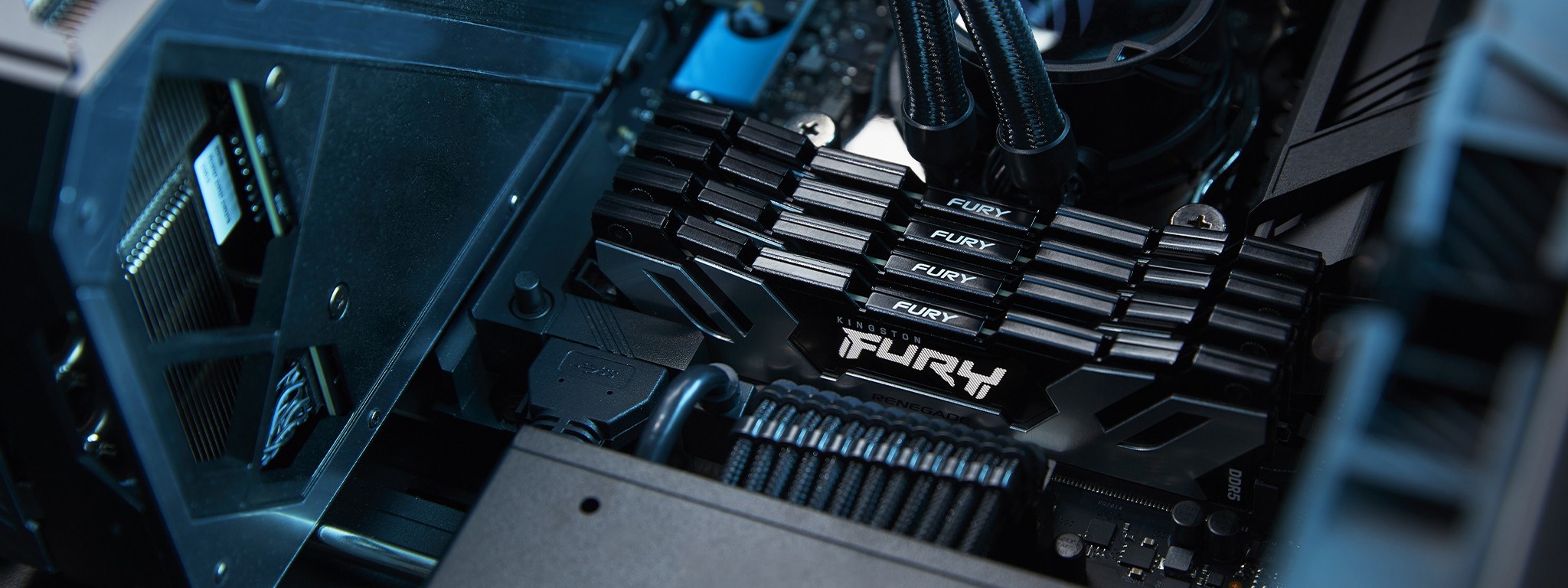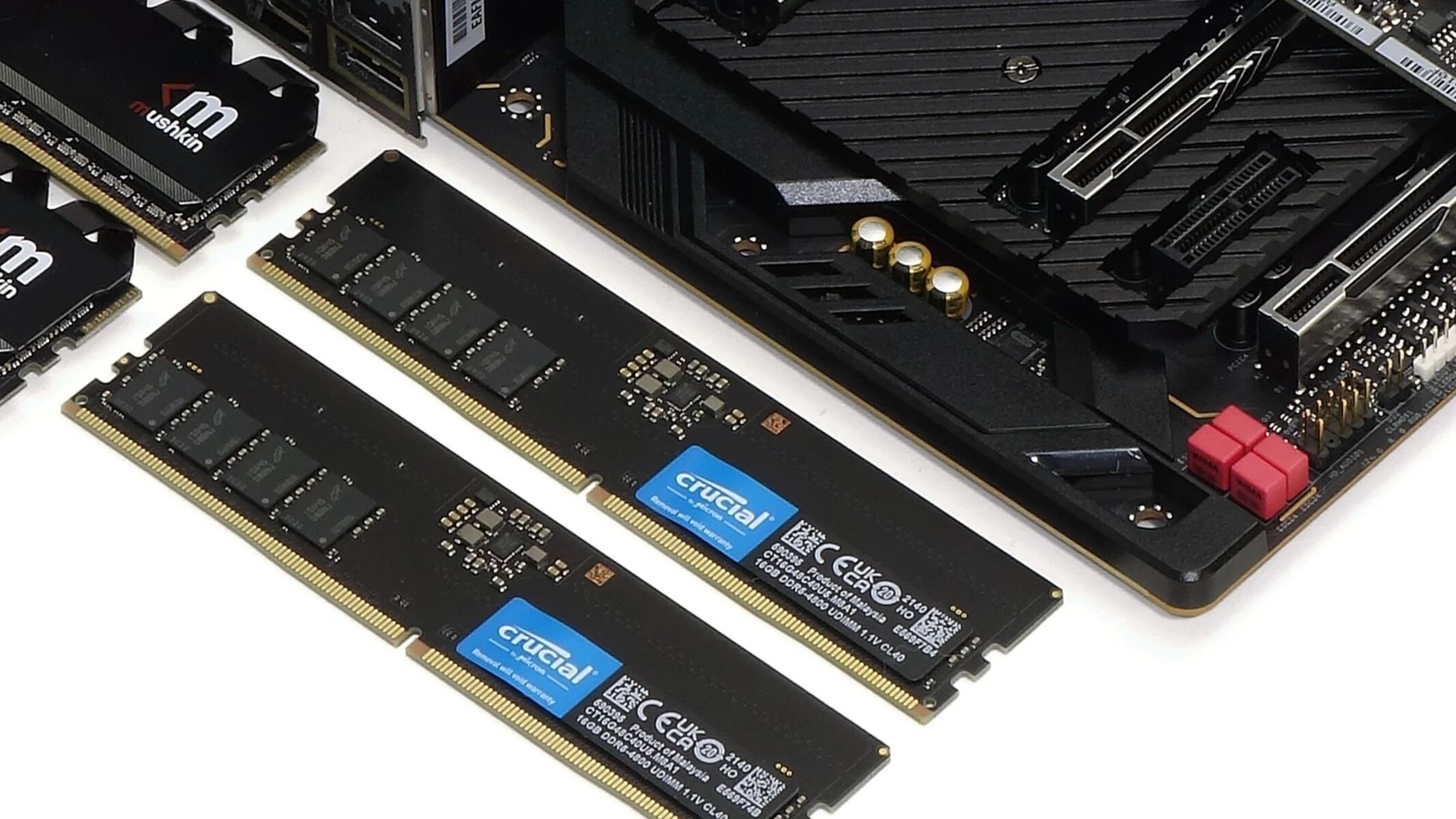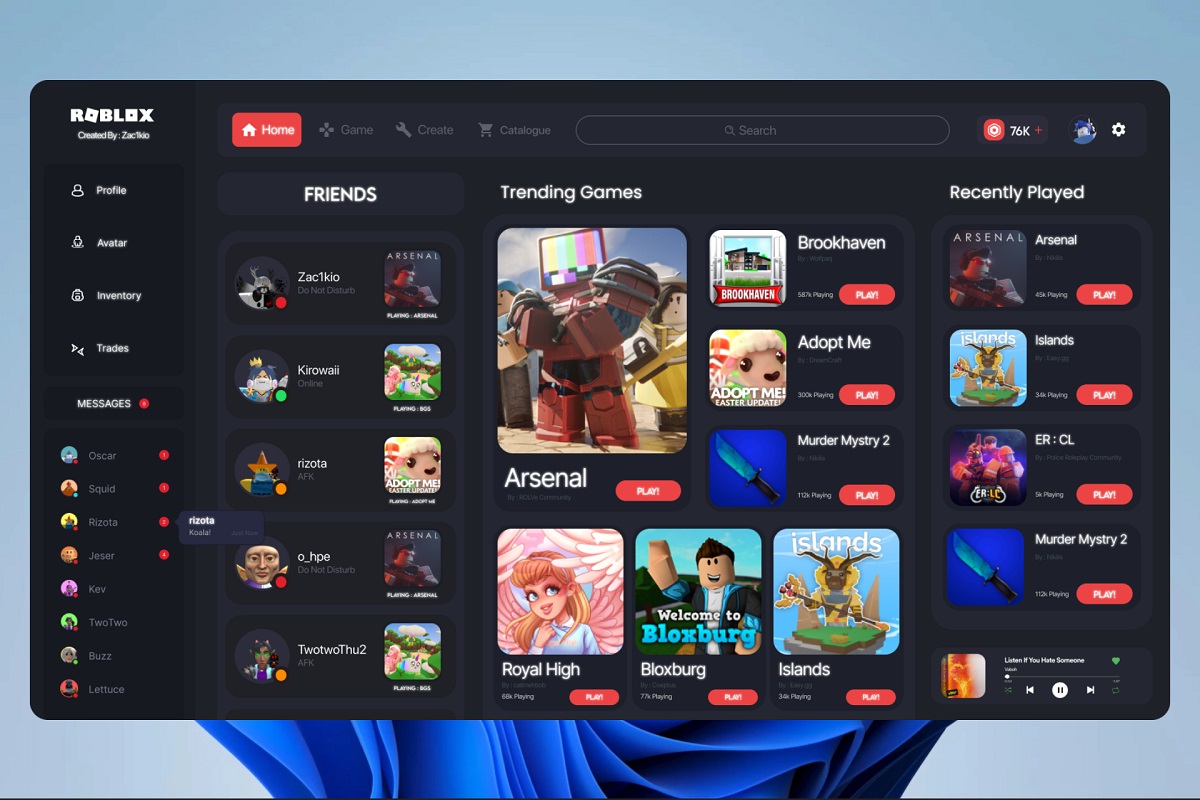Introduction
Knowing the amount of RAM your graphics card has is crucial for several reasons. Whether you are a gaming enthusiast looking to optimize your graphical settings, a graphic designer in need of a powerful setup, or simply a curious user, understanding your graphics card’s RAM capacity can provide valuable insights into its capabilities.
RAM, or Random Access Memory, plays a vital role in a graphics card’s performance. It acts as a temporary storage space for data that needs to be quickly accessed by the GPU (Graphics Processing Unit). The more RAM your graphics card has, the more data it can store and process efficiently. This directly affects the card’s ability to handle complex visuals, run demanding software, and deliver smooth gaming experiences.
In this article, we will explore various methods to determine the amount of RAM your graphics card has. Whether you are using Windows, macOS, or Linux, there are built-in tools and third-party software options available to help you discover this information.
Understanding your graphics card’s RAM can also assist you in troubleshooting performance issues. If you are experiencing graphic-related problems or suspect that your card may be underperforming, checking its RAM can help identify any potential bottlenecks or limitations.
Additionally, having knowledge of your graphics card’s RAM can aid in deciding whether an upgrade is necessary. If you are considering purchasing a new graphics card or planning to upgrade your system, knowing the amount of RAM your current card has can guide your decision-making process. It allows you to compare the capabilities of different graphics cards and choose the one that aligns with your specific needs and budget.
So, whether you are a tech-savvy individual or just looking to gain a better understanding of your computer’s performance, let’s dive into the methods that will help you determine how much RAM your graphics card has.
Why is it important to know how much RAM your graphics card has?
Understanding the importance of knowing the amount of RAM your graphics card has is essential for optimizing performance and making informed decisions about your system’s capabilities. Here are a few key reasons why this knowledge is valuable:
Optimizing Graphics Settings: Graphics-intensive applications, such as games and design software, rely heavily on the GPU’s memory to render complex visuals. By knowing your graphics card’s RAM capacity, you can adjust the graphics settings accordingly to ensure smooth performance. If your card has limited RAM, you may need to reduce the texture quality or other memory-intensive settings to avoid lag or stuttering.
Identifying Hardware Limitations: When troubleshooting performance issues, it’s important to determine if your graphics card’s RAM is a limiting factor. In some cases, applications may require more memory than your card can provide, leading to performance bottlenecks. By knowing the RAM capacity, you can identify whether your graphics card is the cause of the problem or if other factors need attention.
Evaluating Upgrade Potential: If you’re planning to upgrade your graphics card or considering purchasing a new one, knowing the RAM quantity of your current card is crucial. It allows you to compare the capabilities of different cards and gauge whether an upgrade is necessary. If the applications you use regularly demand more memory than your current card can handle, upgrading to a higher RAM capacity card can significantly enhance performance.
System Compatibility: When building a new computer or upgrading specific components, compatibility is key. Graphics cards with higher RAM requirements may not work optimally or be compatible with systems that have limited memory capacity. Knowing your graphics card’s RAM can help you ensure that your system is capable of supporting the card you intend to use.
Budget Optimization: Graphics cards come in a wide range of models and price points. By knowing the RAM capacity you require for your specific needs, you can make a more informed decision when choosing a graphics card within your budget. This way, you can avoid overspending on features you don’t need or invest in a card that aligns better with your performance requirements.
Understanding the amount of RAM your graphics card has empowers you to make intelligent decisions regarding system optimization, troubleshooting, upgrades, compatibility, and budget allocation. It ensures that you have a comprehensive understanding of your computer’s capabilities and allows you to make informed choices to enhance your overall computing experience.
Method 1: Using the Control Panel on Windows
For Windows users, one of the easiest ways to determine the amount of RAM your graphics card has is through the Control Panel. Here’s how to do it:
- Open the Control Panel by pressing the Windows key + X and selecting “Control Panel” from the menu.
- In the Control Panel, navigate to the “System” or “System and Security” section.
- Click on “System” to access the basic information about your computer.
- Under the “System” section, you should see the details of your computer, including the installed RAM.
- Look for the “Installed memory (RAM)” section and note the amount listed. This provides information about your computer’s overall RAM, including the RAM dedicated to the graphics card.
- However, it’s important to note that this method only provides the total installed RAM and doesn’t specifically indicate how much RAM is allocated to the graphics card.
While the Control Panel method provides a general idea of your graphics card’s RAM capacity, it may not provide specific details. If you require more accurate and detailed information, the next methods might be more suitable.
Keep in mind that the Control Panel method may vary slightly depending on the version of Windows you are using. The steps outlined above should work for most Windows versions, but if you encounter any differences or difficulties, refer to the Windows support documentation for your specific version.
Method 2: Using the System Profiler on macOS
If you’re using a Mac computer, you can determine the amount of RAM your graphics card has by using the built-in System Profiler. Here’s how:
- Click on the Apple icon in the top left corner of the screen and select “About This Mac” from the drop-down menu.
- In the window that appears, click on the “System Report” button. This will open the System Profiler.
- In the left-hand sidebar of the System Profiler, scroll down and locate the “Graphics/Displays” section. Click on it to expand the details.
- You should see a list of all the graphics cards connected to your Mac. Select the graphics card you want to check.
- In the right-hand pane, you will find detailed information about the selected graphics card, including the VRAM (Video RAM) capacity, which refers to the dedicated RAM for graphics processing.
The amount of VRAM mentioned in the System Profiler represents the graphics card’s dedicated memory and is an indicator of its overall performance capabilities. The higher the VRAM, the better a graphics card can handle demanding graphic tasks.
The System Profiler also provides additional information about the graphics card, such as the vendor, driver version, and display resolutions supported. This can be helpful when troubleshooting or optimizing graphics-related settings on your Mac.
By using the System Profiler on macOS, you can easily access detailed information about your graphics card’s VRAM and ensure it meets your specific requirements for graphics-intensive tasks.
Method 3: Using the Terminal on Linux
If you are using a Linux operating system, you can use the Terminal to find out the amount of RAM your graphics card has. Here’s how to do it:
- Open the Terminal by pressing Ctrl + Alt + T on your keyboard or by searching for “Terminal” in your application launcher.
- In the Terminal, type the following command:
lspci -v | grep -A 10 "VGA compatible controller" - Press Enter to execute the command.
- This command will display detailed information about your graphics card.
- Look for the line that mentions “Memory at” or “Memory range” – this specifies the amount of memory allocated to your graphics card.
- The value displayed next to it is the amount of RAM allocated to your graphics card, usually mentioned in kilobytes (KB) or megabytes (MB).
Using the Terminal command provides a comprehensive view of your graphics card’s information, including the allocated RAM. It allows you to quickly assess the capabilities of your graphics card and ensure it meets the requirements of your usage.
Since Linux distributions may vary, the Terminal command mentioned above should work for most distributions. However, if you encounter any issues or if the command doesn’t produce the desired output, refer to the documentation or support forums specific to your Linux distribution for further guidance.
The Terminal method provides a straightforward way to access the information you need about your graphics card’s RAM on Linux, enabling you to optimize your system and ensure optimal performance for graphics-intensive tasks.
Method 4: Using Third-Party Software
In addition to the built-in tools provided by your operating system, there are various third-party software options available that can help you determine the amount of RAM your graphics card has. These software solutions offer more detailed information and additional features for analyzing and optimizing your graphics card’s performance. Here are a few popular options:
- GPU-Z: GPU-Z is a lightweight and user-friendly software that provides detailed information about your graphics card, including the amount of dedicated video memory (VRAM). It also provides real-time monitoring of your card’s performance, temperatures, and clock speeds.
- MSI Afterburner: Originally designed for overclocking, MSI Afterburner also provides detailed information about your graphics card’s RAM capacity. It offers a range of customization options, such as fan control, GPU core frequency adjustment, and voltage control.
- HWiNFO: HWiNFO is a comprehensive system information and diagnostic tool that provides detailed insights into your computer’s hardware components. It can display the amount of dedicated video memory (VRAM) and other essential graphics card details.
- GPU Caps Viewer: GPU Caps Viewer is a feature-rich software that enables you to gather detailed information about your graphics card, including the amount of video memory. It also includes benchmarking tools to assess the performance of your graphics card.
These third-party software options offer a range of features that extend beyond simply checking your graphics card’s RAM capacity. They allow you to monitor performance, analyze temperature and clock speeds, and even overclock your card for increased performance, if desired.
When using third-party software, it’s essential to download it from trusted sources and ensure it is compatible with your operating system and graphics card model. Always refer to the software’s documentation for instructions on how to access and interpret the RAM information specific to your graphics card.
Using third-party software provides you with an in-depth analysis of your graphics card’s RAM capacity, along with other valuable features to optimize and enhance its performance.
Conclusion
Knowing the amount of RAM your graphics card has is crucial for optimizing performance, troubleshooting issues, and making informed decisions when it comes to upgrading or purchasing a new graphics card. By understanding your graphics card’s RAM capacity, you can adjust graphics settings, identify potential hardware limitations, evaluate upgrade potential, ensure system compatibility, and optimize your budget.
In this article, we explored different methods to determine the amount of RAM your graphics card has on various operating systems. On Windows, the Control Panel provides a general overview, while the System Profiler helps Mac users access detailed information. Linux users can use the Terminal to find the allocated RAM. Additionally, third-party software options like GPU-Z, MSI Afterburner, HWiNFO, and GPU Caps Viewer offer more detailed insights.
It’s important to choose the method that suits your operating system and preferences. Each method provides valuable information about your graphics card’s RAM capacity, helping you make informed decisions and optimize your system’s performance for graphics-intensive tasks.
So, whether you’re a gamer, a graphic designer, or a general computer user, take advantage of these methods to discover how much RAM your graphics card has. Armed with this knowledge, you can unleash the full potential of your graphics card and enhance your overall computing experience.







